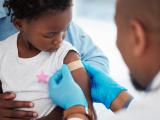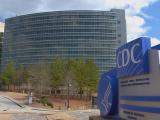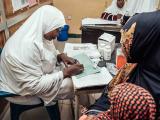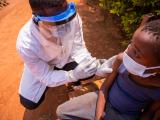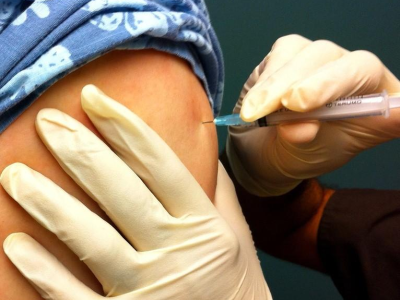Jan 4, 2002 (CIDRAP News) – Experience suggests that public health authorities should treat the public as a key partner in responding to bioterrorist attacks, rather than as a potential source of panic and chaos, say two commentators writing in the Jan 15 issue of Clinical Infectious Diseases.
Public reactions to the Sep 11 attacks and the subsequent anthrax attacks, as well as experience with previous disasters, show "a pattern of generally effective and adaptive collective action," write Thomas A. Glass and Monica Schoch-Spana of Johns Hopkins University Bloomberg School of Public Health in Baltimore.
In the face of bioterrorism, they state, "Failure to involve the public as a key partner in the medical and public-health response could hamper effective management of an epidemic and increase the likelihood of social disruption. Ultimately, actions taken by nonprofessional individuals and groups could have the greatest influence on the outcome of a bioterrorist event."
Current prescriptions for responding to bioterrorism generally treat the public as bystanders, probably because it is assumed that the public will be irrational, uncoordinated, and panicky, according to Glass and Schoch-Spana. "However," they write, "research on population responses to a wide range of natural and technological disasters suggests that there is a tendency toward adaptability and cooperation and that lawless behavior is infrequent." They cite examples ranging from the 1918 influenza pandemic to the Three Mile Island nuclear accident in 1979 and the Sep 11 attacks. Hence, the first guideline for health authorities in managing public involvement is to recognize that panic is "rare and preventable."
Second, the authors say, health authorities should enlist the public as an ally by using existing social organizations and networks such as churches, service clubs, schools, businesses, labor unions, and professional organizations to handle specific jobs. Such steps will help prevent panic while accomplishing practical work.
A third suggestion is that health leaders recognize that hospitals alone probably will not be able to care for all the patients in a large bioterrorism-related epidemic, the authors say. "What is needed is a plan that includes the possibility of home-based treatment and supportive care arrangements to augment hospital-based care." Public health agencies should plan to provide resources and information to help people care for patients at home, say Glass and Schoch-Spana.
Fourth, leaders should be prepared to provide "clear, credible, and timely information" to the public about a bioterrorist attack, the authors say. They suggest building a "stockpile" of information on infectious disease concepts, home infection control, and other topics.
Finally, health authorities should carefully nurture the population's trust, the article says. This requires working closely with the news media, using a variety of communication strategies, and providing for a "participatory and transparent decision-making process."
In their conclusion, the authors assess the public's response to the recent anthrax attacks as "temperate, if complex." For example, although some people rushed to buy gas masks and tried to acquire ciprofloxacin, 70% of respondents to a poll taken Oct 21 said they had not considered either of those steps. Given the circumstances, "The level of public concern appears measured and reasonable," the authors conclude.
Glass TA, Schoch-Spana M. Bioterrorism and the people: How to vaccinate a city against panic. Clin Infect Dis 2002 Jan 15;34(2):217-23 [Abstract]



